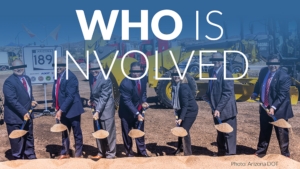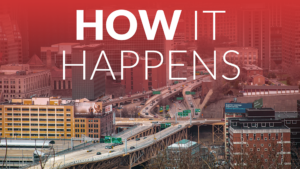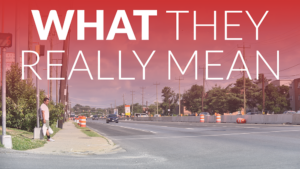Related Resources
Community Connectors Portal: Tools for advocatesWho is involved
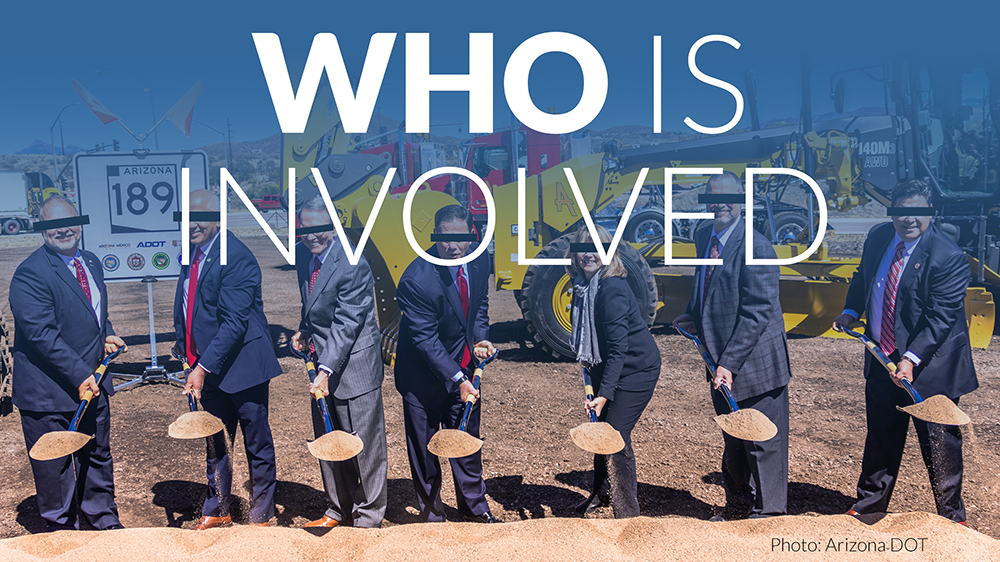
State DOTs: Why they have so much control and money
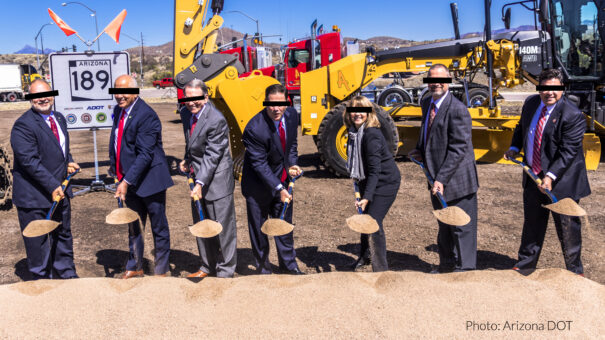
State departments of transportation (DOTs) are responsible for directing hundreds of billions in federal and state transportation dollars to transportation projects. Despite a common impression that USDOT controls spending, Congress gives states near-total flexibility to spend federal money however the states see fit. This means that state DOTs have the primary role in shaping the priorities of our nation’s transportation systems.
Read more about state DOTsMPOs: Important regional decision makers with limited authority and money
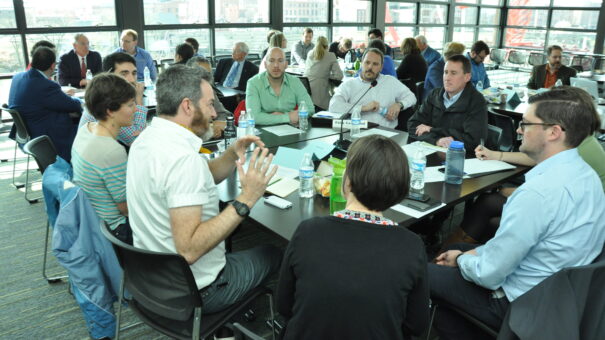
Metropolitan planning organizations (MPOs) are regional organizations that allow jurisdictions across a region to collaborate on planning and spending a portion of federal transportation funding in areas with a population of 50,000 and over. While important, they have less authority and control less money than state DOTs do.
Read more about MPOsUSDOT: Why the federal government has less control than you think
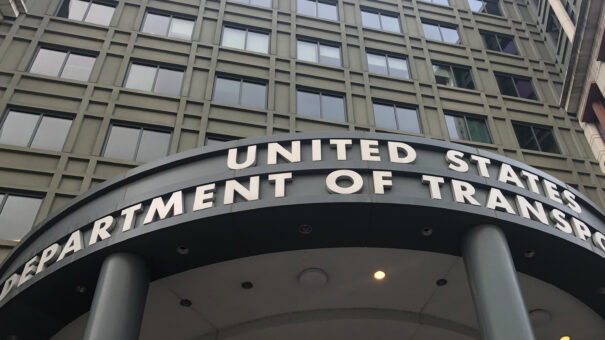
The United States Department of Transportation (USDOT) implements the federal transportation policy passed by Congress and signed by the President. Though most federal dollars are controlled by states, USDOT interprets and implements federal transportation policy, manages some important competitive grant programs, and provides oversight of America’s transportation dollars.
Read more about USDOTAdvocacy 101: How to start influencing them
Advocacy 101: The advocacy lifecycle
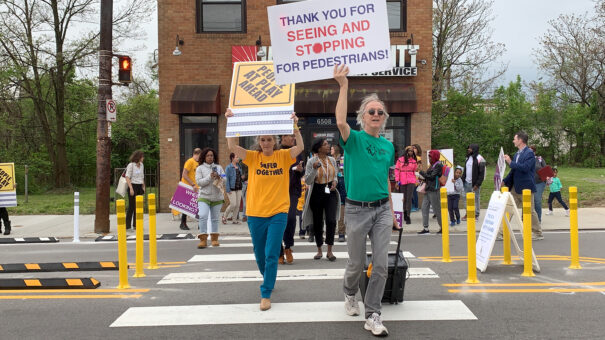
Over the course of your advocacy, you’ll need to cultivate productive relationships with elected officials and learn how to lobby them, build coalitions of support, and communicate to win. And win or lose, you’ll have to consider how to evaluate success or failure and chart new courses of action.
Read more about the advocacy lifecycle10 tips for building relationships
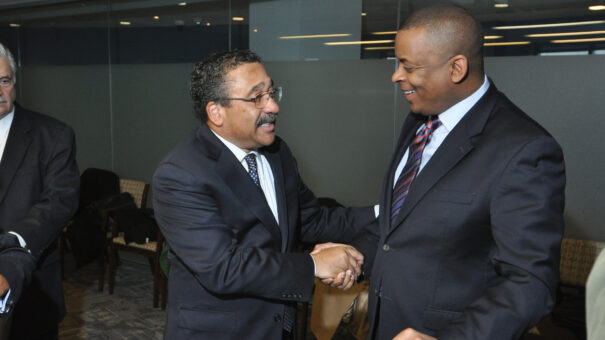
You will absolutely need to build productive relationships with decision makers to influence public policy, from friendly champions to those who are opposed. These relationships will often require building bridges to people with views you disagree with.
Tips for building productive relationships without forfeiting your own values or positionsLobbying 101
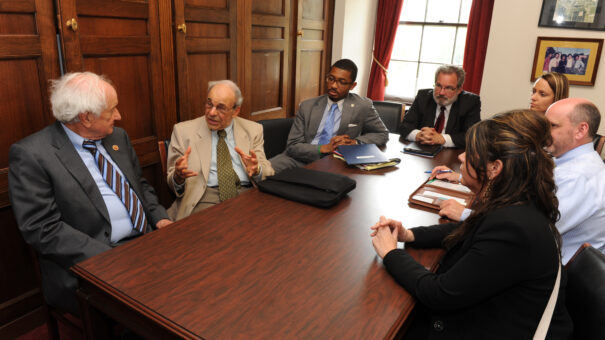
State and local transportation departments and agencies have some discretion over their spending priorities, but much of that discretion is limited by legislative guardrails. Which means that advancing a good project or stopping a bad one means lobbying legislators to some degree.
Learn more about the legal definitions of lobbying and some tips for getting started



